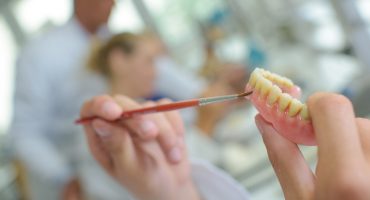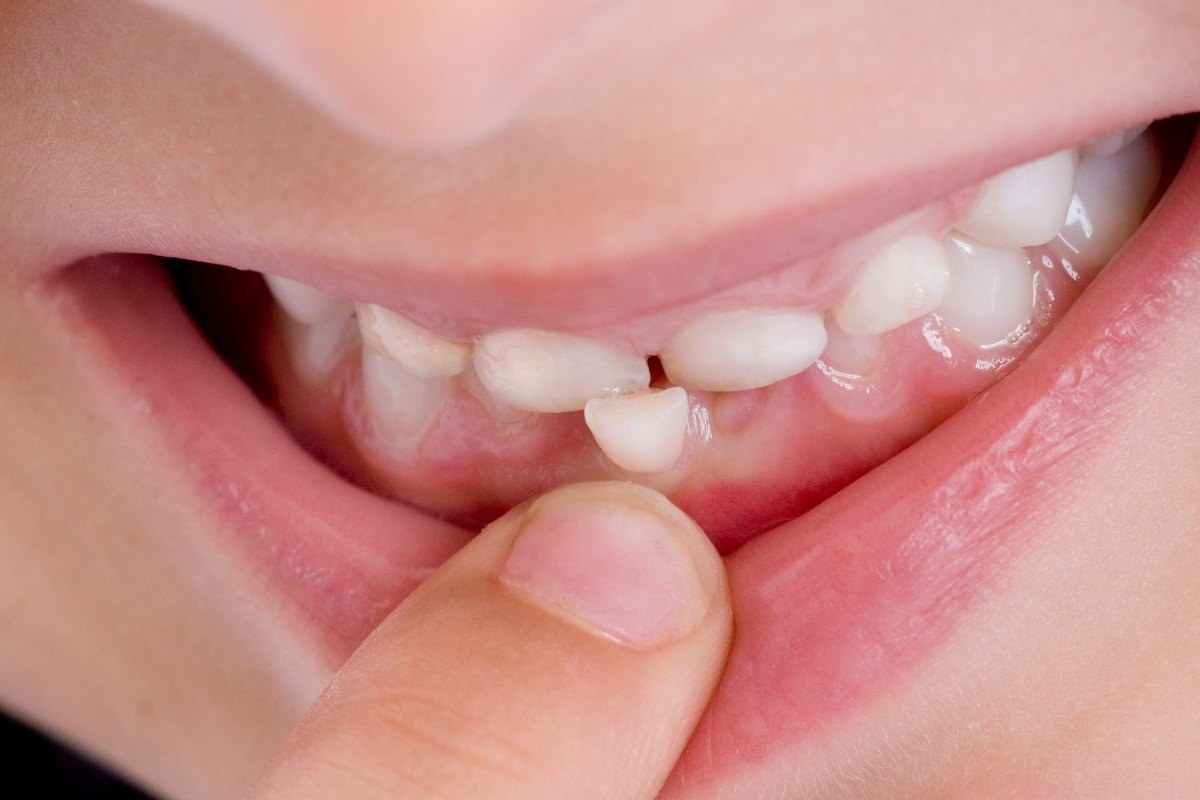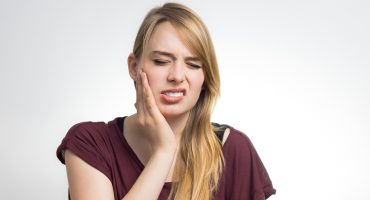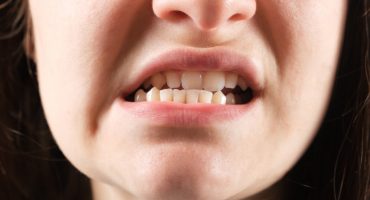Everyone has experienced that a tooth wobbles when, at a young age, the deciduous teeth fall out and thus make room for the remaining teeth. A loose-cheek tooth in adulthood, on the other hand, is a serious matter that should be examined by a dentist.
Inflammation is the main cause of wobbly teeth
Wiggling teeth can simply be a consequence of the human aging process. The use of certain medications, genetic defects, pregnancies, regular teeth grinding (bruxism) or physical ailments such as bulimia (edema) can lead to loose teeth. Other possible causes include poorly adapted bridges and crowns as well as orthodontic treatments, which lead to an incorrect load on the teeth.
But most of the time there is a deep inflammation of the gums behind the wobbly teeth, that is periodontitis or colloquially periodontal disease. In the infectious disease periodontitis, bacteria settle on the plaque, from where they spread to the gums. The infestation forms cavities between the gum and the neck of the tooth. Where the gum separates from the neck of the tooth, a periodontal pocket develops over time; the stabilizing and firming gums disappear. As a result, the teeth lose their firm hold and begin to wobble. If the periodontitis inflammation spreads to the jaw bone, it leads to the degradation of the bone substance. So the tooth loses its anchor in the jawbone and finally falls out.
Consolidate and fix loose teeth
A loose tooth is not lost forever. If the bone loss is not too advanced, the loose tooth can regain strength and stabilize after a gum treatment. Even with a dental accident, such as a fall on the tooth, or another acute injury, there is still hope for a wobbling tooth. The periodontal apparatus of jawbone and elastic gums has a certain flexibility. Therefore, a loose tooth in this case can often be rescued by a protective splint by the dentist.
If periodontitis occurs, the dentist must this treat underlying disease - for example, with an antibiotic therapy that is precisely tailored to the pathogen strains. Often it is necessary and sensible to first stabilize the teeth by locking them together.
Even if a dental bridge or a tooth crown becomes loose or even completely falls out, there is help. Dental crowns and other dentures should be quickly re-glued by the dentist, so that the prepared tooth is as well as possible protected against tooth decay and further destruction.
Prophylaxis: how to prevent wobbly teeth!
The most common reason for a wobbling and eventually falling out tooth is incorrect or poor oral hygiene. Also, unhealthy eating habits and smoking are risk factors that can lead to tooth decay and periodontal disease. A thorough dental care and proper brushing can ensure the preservation of healthy and strong teeth. Especially with gingivitis and bleeding gums you should be active. Anyone who is cautious about consuming sugar and high-acid foods such as citrus fruits will help protect their teeth. Even natural remedies such as rinsing with lukewarm salt water or sage tea work against bleeding gums and help to fix loose teeth naturally.
How to recognize wobbly candidates
A tooth that now and then seems a bit unstable and wobbles very slightly, is not cause for concern. The situation is different when the tooth is seriously shaking, or other warning signs that precede tooth loss.
• An important indicator of periodontitis is bleeding gums. In this case, be sure to go to the dentist and have the causes checked!
• Does your gums retract and do the visible teeth appear longer? This may be an indication of gum loss as a result of gingivitis. The teeth start to lose their grip. Also in this case you should go immediately to the dentist!
• Are there discolorations on your gums? Anything that deviates from the natural pink color is an alarm signal for an inflammation. Even if you have bad breath, you should ask your dentist for advice!
• If a whitish secretion occurs when pressure is applied to your gums, the periodontal disease is already advanced and should be treated promptly.
Conclusion: Recognizing and securing the loose tooth
There are many reasons for loose teeth. Usually there is a periodontitis behind the problem. This bacteria-induced gingivitis must be treated promptly. The inflammation can make the teeth hurt and the gums bleed more easily. Often the periodontitis is painless and unnoticed until the periodontium is so damaged that the tooth falls out. The rescue or fixing a wobbly tooth is important, because tooth gaps can lead to migration of adjacent teeth and cause pain in the jaw joints. Inclined teeth are also good targets for harmful plaque, as the toothbrush is difficult to reach.
Weitere Beiträge

Toothless jaw
Carefree smile and laughter without teeth - unthinkable. Even speaking without teeth is a real challenge for both the speaker and the listener. Last but not least, the food is no longer enjoyable, because a toothless jaw fulfills the chewing function only inadequately.



